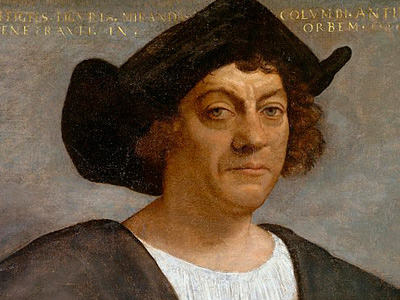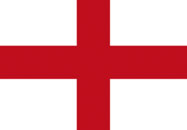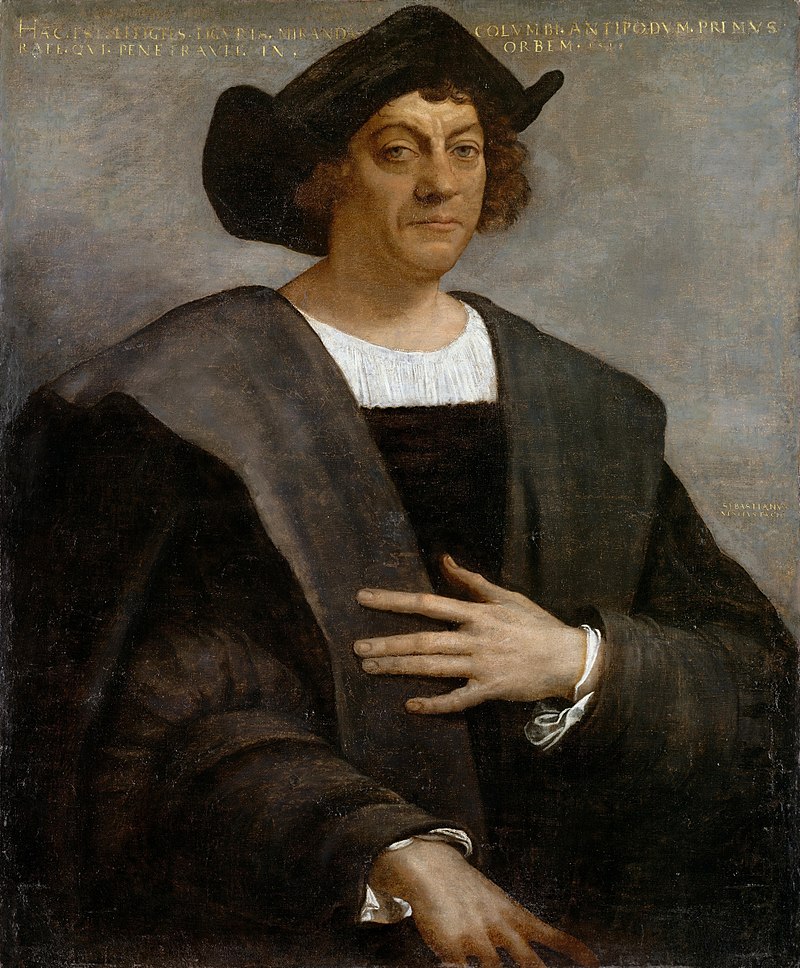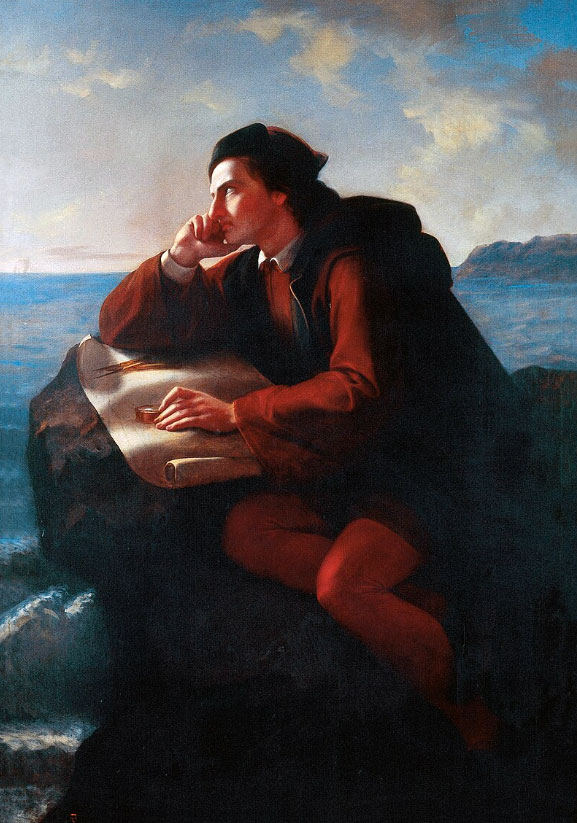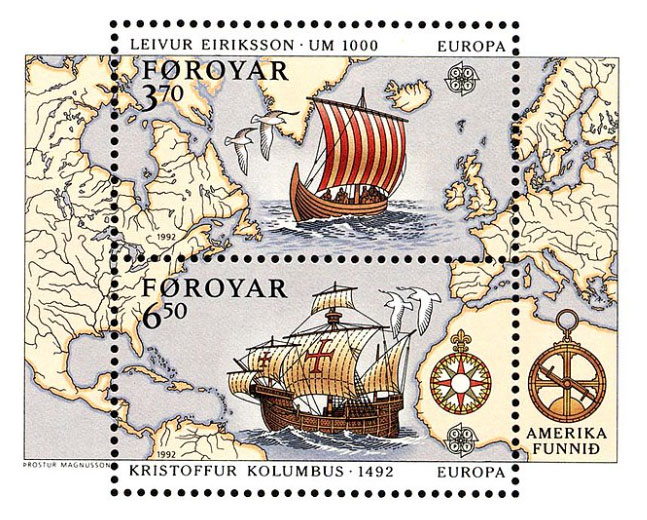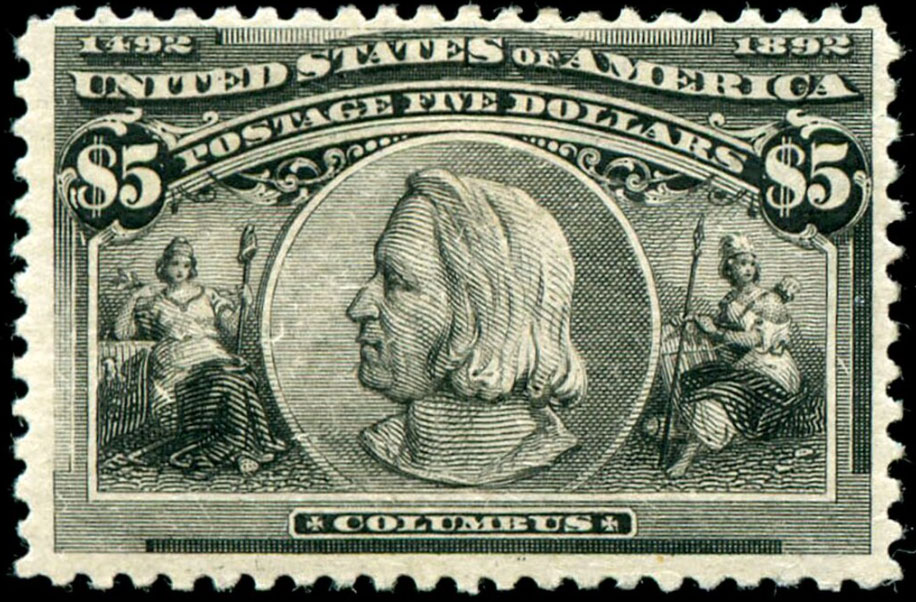Christopher Columbus (1451-1506)
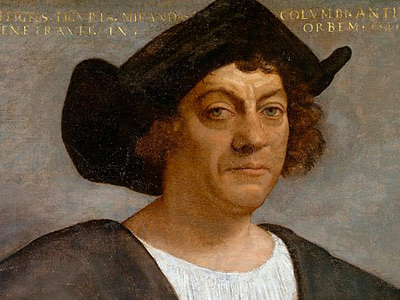
Voyages
Between 1492 and 1503, Columbus completed four round-trip voyages between Spain and the Americas, each voyage being sponsored by the Crown of Castile. These voyages marked the beginning of the European exploration and colonization of the American continents, and are thus of enormous significance in Western history.
Columbus always insisted, in the face of mounting evidence to the contrary, that the lands that he visited during those voyages were part of the Asian continent, as previously described by Marco Polo and other European travelers. Columbus's refusal to accept that the lands he had visited and claimed for Spain The Spanish Empire was a colonial empire governed by Spain and its predecessor states between 1492 and 1976. One of the largest empires in history, it was the first to usher the European Age of Discovery and achieve a global scale, controlling vast territory. It was one of the most powerful empires of the early modern period, reaching its maximum extent in the 18th century. were not part of Asia might explain, in part, why the American continent was named after the Florentine explorer Amerigo Vespucci and not after Columbus.
The Spanish Empire was a colonial empire governed by Spain and its predecessor states between 1492 and 1976. One of the largest empires in history, it was the first to usher the European Age of Discovery and achieve a global scale, controlling vast territory. It was one of the most powerful empires of the early modern period, reaching its maximum extent in the 18th century. were not part of Asia might explain, in part, why the American continent was named after the Florentine explorer Amerigo Vespucci and not after Columbus.
HISTORY
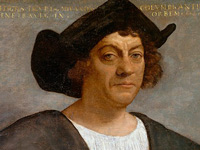
RESOURCES
This article uses material from the Wikipedia article "Christopher Columbus (1451-1506)", which is released under the Creative Commons Attribution-Share-Alike License 3.0.
© Stories Preschool. All Rights Reserved.
